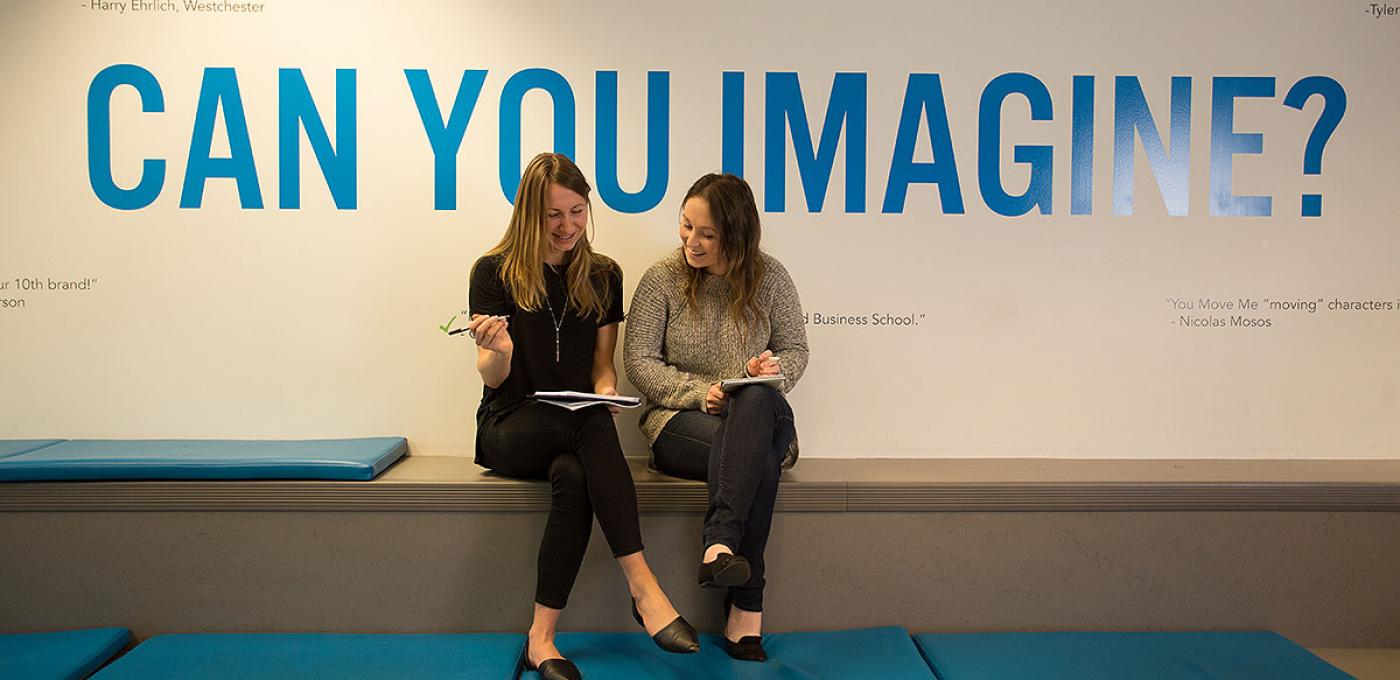
Forbes: 3 Tips To Create a Workplace Culture That Employees Love
This article was contributed to Forbes.com by Brian Scudamore
Workplace culture has made the news a lot lately — and not always in a good way.
This summer, the New York Times reported on Amazon’s “little-known experiment in how far it can push white-collar workers.” Between internal competition and long hours, pressure is so high that employees regularly see their officemates in tears.
Maybe this works for Amazon, but for the rest of us, neglecting company culture isn’t an option. Culture impacts morale, hiring, productivity and — ultimately — your company’s bottom line. More than that, it’s about what kind of business you want to create: one that benefits just you and your shareholders, or everyone in the organization.
After some missteps, I set out to build a workplace focused on people - an approach that has served us well as we’ve expanded from one location to hundreds worldwide. Backed by the right culture, we attract incredible talent who go above and beyond to get the job done. For anyone seeking to become “Canada’s most eligible boss” here are three tips from the frontlines.
Tip 1: Create a high-energy workplace.
For the amount of time people spend at work, it should be fun. At O2E Brands, we have a casual, open-office environment that allows us to feed off of each other’s energy. Even our president and I don’t have private offices. We jolt people out of their morning routine with a seven-minute standup “huddle” every morning — attended by the entire company. It keeps everyone in the know, fosters a vibe of transparency and starts the day out on a high note complete with a (surprisingly non-cheesy) cheer.
Before you scoff, it turns out this kind of energy and openness is good for business. Research has shown that open-office plans accommodate higher densities of workers along with cutting overhead. Open offices boost communication, interpersonal relations and job satisfaction while reducing conflict.
Other companies have amped up the workplace in different ways. Silicon Valley’s tech titans are famous for having everything from in-house massage and yoga studios to slides and fire poles. And you’ve probably seen video games or a ping-pong table at a workplace or two near you. The underlying goal of these efforts is similar: Create an environment where people love to work and they’ll do work they love.
Tip 2: Give employees space to dream — on and off the job.
You’re not the only one with grand visions for your company’s future. Your team has dreams too - let them express them. Google is known for giving its workers “20% time” to pursue side projects, a policy that led to the creation of Gmail and Google News. Giving people space and time to dream - to put down day-to-day obligations and think big - leads to happier employees and pushes the whole company forward.
Inside O2E, we’ve set aside a “Can You Imagine?” wall where employees can post ambitious goals. For instance, one staffer dreamed big and proposed expanding the 1-800-GOT-JUNK? franchise to Australia. Over the years, this evolved from a skunkworks project to a major initiative, and today we have five franchises on the other side of the world and are planning to expand.
Tip 3: Share the wealth with your employees.
It’s no secret that money is a motivator, but it’s also about a sense of ownership. The best profit-sharing programs cover both bases. Study after study has shown that employees who feel like owners have a real incentive to contribute to the company’s success. The result is an office environment where people are genuinely excited to be there.
That’s what we’ve learned firsthand since committing to distribute 25 percent of our profits to our employees back in 2004. The spirit of enthusiasm and cooperation is palpable, as people work together to boost revenue and cut costs, in big and small ways. For example, one of our staffers recently reduced our drinking-water bills by one-third by replacing our bottled-water service with a filtered system.
Apart from the benefits to our culture, profit-sharing has actually boosted profits, big time. In the first year, our bottom line after payouts grew by nearly 800 percent. The rewards continue to roll in: last year we reached new highs and every staffer received eight percent of their salary for their efforts.
It’s not to hard to find similar profit-sharing success stories. In February, Southwest Airlines announced a record US$355-million payout for 2014, up from US$228 million for the previous year. Their employees each received the equivalent of five weeks’ pay. However, it’s important to identify your objectives before creating such a program. For it to work, employees must understand your company’s challenges and have the ability to contribute to solutions.
If your company has a bold vision, you need people who are equally ambitious and willing to push themselves out of their comfort zone. Investing in the right office culture boosts your odds of attracting and retaining just this kind of talent. Being the “most eligible boss” isn’t about popularity, frills or fringe benefits. It’s about laying a foundation for sustained growth and bringing the whole team along for the ride.
My name is Brian Scudamore. I’m the founder and CEO of O2E (Ordinary to Exceptional) Brands, which includes companies like 1-800-GOT-JUNK?, WOW 1 DAY PAINTING, and Shack Shine. I’m passionate about helping others grow small to medium businesses and corporate culture. Tweet me @brianscudamore






